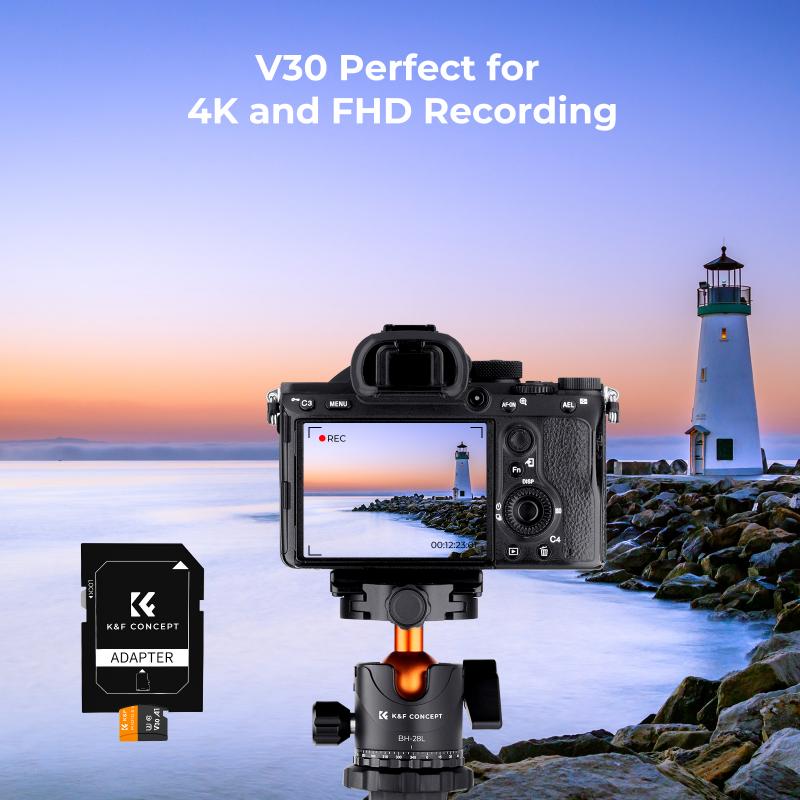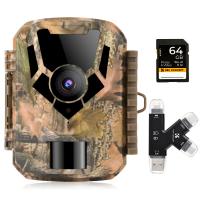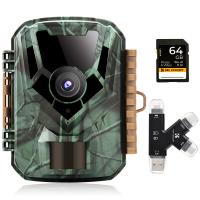How Do I Format A Sd Card?
Formatting an SD card is a common task that many people need to perform, whether to clear space, fix errors, or prepare the card for use in a new device. This article will guide you through the process of formatting an SD card on various devices, including Windows, macOS, Android, and cameras. By the end of this article, you will have a comprehensive understanding of how to format an SD card safely and effectively.
Understanding SD Card Formatting

Before diving into the steps, it's important to understand what formatting an SD card entails. Formatting is the process of preparing a storage device, such as an SD card, for use by an operating system. This process involves erasing all existing data and setting up a new file system. Common file systems for SD cards include FAT32, exFAT, and NTFS.
- FAT32: Compatible with most devices but has a file size limit of 4GB.
- exFAT: Supports larger files and is compatible with many modern devices.
- NTFS: Used primarily by Windows systems and supports large files but may not be compatible with all devices.
Precautions Before Formatting

1. Backup Data: Formatting will erase all data on the SD card. Ensure you have backed up any important files.
2. Check Compatibility: Verify the file system compatibility with the device you intend to use the SD card in.
3. Use Reliable Tools: Use trusted software or built-in system tools to avoid corrupting the SD card.
Formatting an SD Card on Windows

1. Insert the SD Card: Insert the SD card into your computer's card reader. If your computer doesn't have a built-in reader, use an external USB card reader.
2. Open File Explorer: Press `Win + E` to open File Explorer.
3. Locate the SD Card: Find the SD card under "This PC" or "My Computer."
4. Right-Click and Select Format: Right-click on the SD card and select "Format."
5. Choose File System: Select the desired file system (FAT32, exFAT, or NTFS).
6. Quick Format: Check the "Quick Format" option for a faster process. Uncheck it for a thorough format.
7. Start Formatting: Click "Start" to begin the formatting process. Confirm any prompts that appear.
Formatting an SD Card on macOS

1. Insert the SD Card: Insert the SD card into your Mac's card reader.
2. Open Disk Utility: Go to `Applications > Utilities > Disk Utility`.
3. Select the SD Card: In Disk Utility, select the SD card from the list of drives.
4. Erase the SD Card: Click the "Erase" button at the top.
5. Choose Format: Select the desired format (MS-DOS (FAT) for FAT32 or ExFAT for exFAT).
6. Name the SD Card: Enter a name for the SD card.
7. Erase: Click "Erase" to start the formatting process. Confirm any prompts that appear.
Formatting an SD Card on Android
1. Insert the SD Card: Insert the SD card into your Android device.
2. Open Settings: Go to the device's settings.
3. Storage: Navigate to the "Storage" section.
4. Select SD Card: Find and select the SD card.
5. Format SD Card: Tap on "Format SD card" or "Erase SD card."
6. Confirm: Confirm the action to start the formatting process.
Formatting an SD Card in a Camera
1. Insert the SD Card: Insert the SD card into the camera.
2. Access Menu: Turn on the camera and access the menu.
3. Find Format Option: Navigate to the settings or setup menu and find the "Format" option.
4. Select Format: Select the "Format" option and confirm any prompts.
5. Wait for Completion: Wait for the camera to complete the formatting process.
Troubleshooting Common Issues
1. SD Card Not Recognized: Ensure the card is properly inserted. Try using a different card reader or device.
2. Write Protection: Some SD cards have a physical switch for write protection. Ensure it is in the "unlocked" position.
3. Error Messages: If you encounter error messages, try using a different formatting tool or device.
Formatting an SD card is a straightforward process that can be done on various devices. Whether you're using Windows, macOS, Android, or a camera, the steps are simple and easy to follow. Always remember to back up your data before formatting and choose the appropriate file system for your needs. By following the guidelines in this article, you can ensure that your SD card is formatted correctly and ready for use.
Understanding the nuances of SD card formatting can save you time and prevent data loss. With this knowledge, you can confidently format your SD cards and keep your devices running smoothly.










There are no comments for this blog.